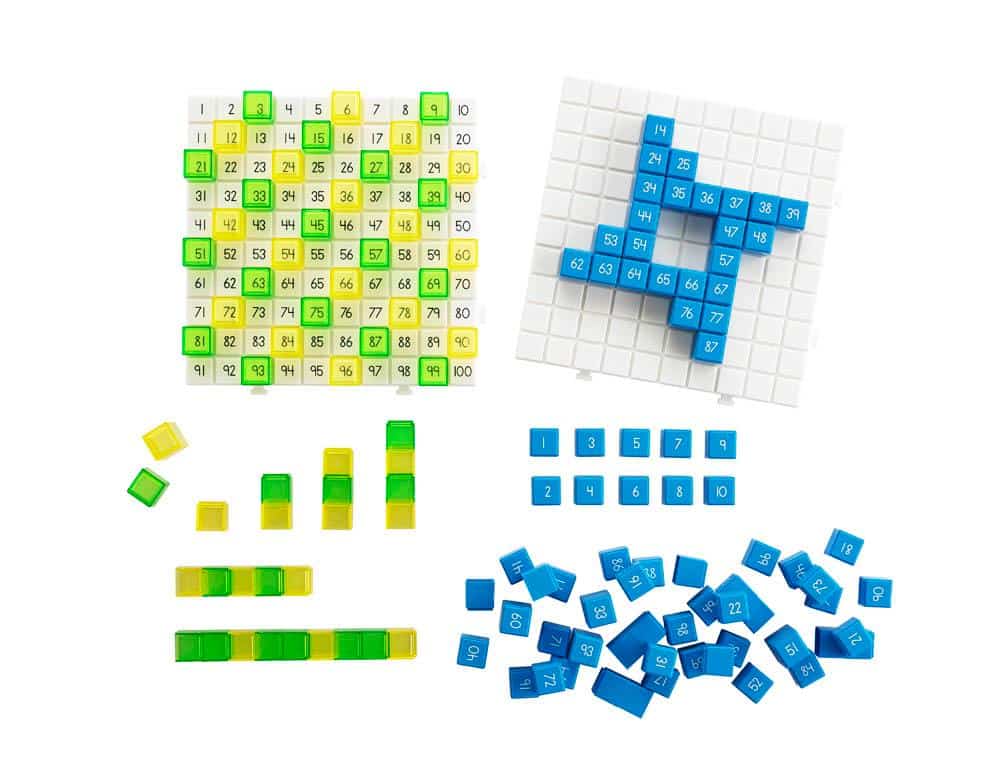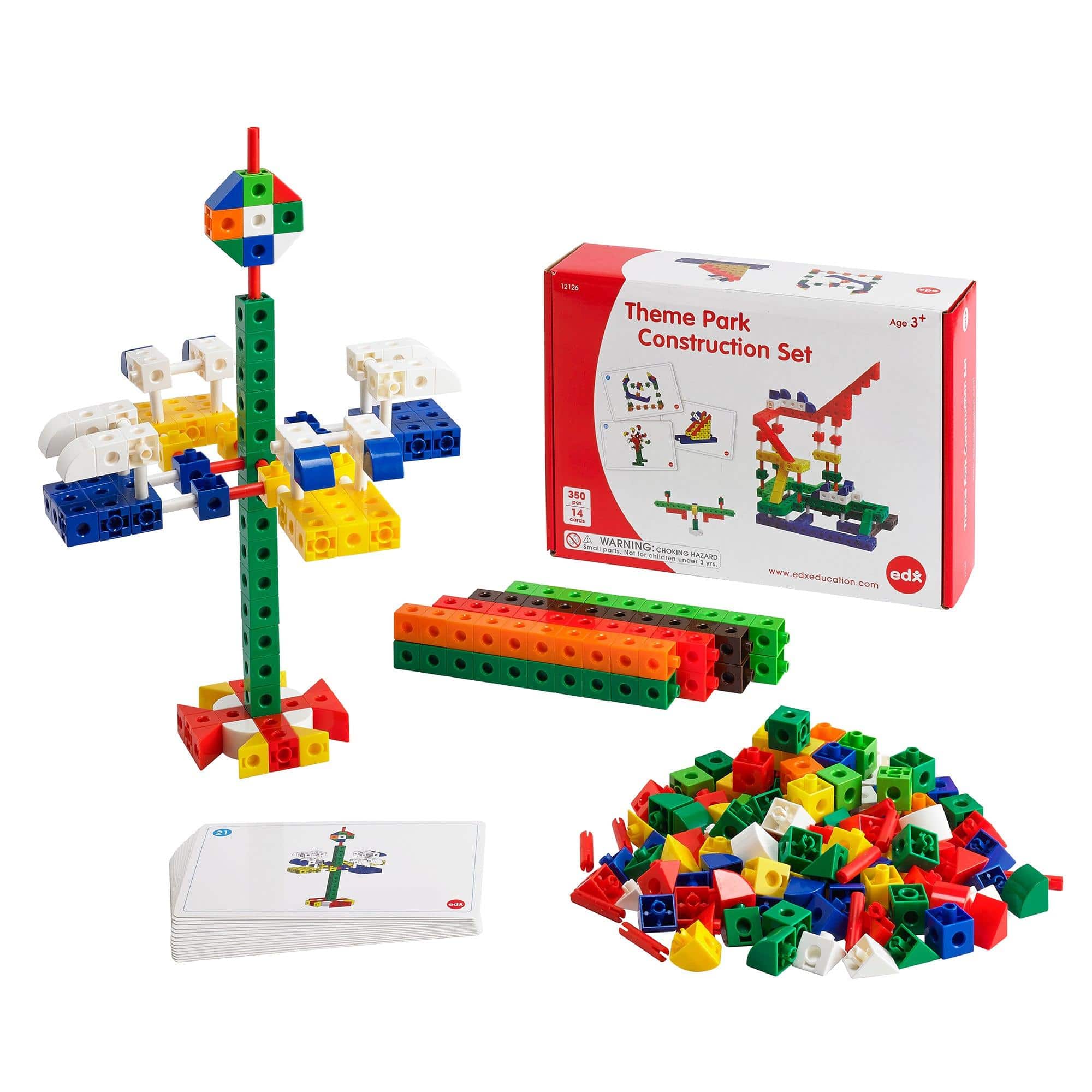The Psychology Behind Kids’ Attachment to Plush Toys
Introduction
Children and their beloved plush toys often share a unique bond that can be quite fascinating. Have you ever wondered why little ones become so attached to these cuddly companions? In this blog article, we will explore the psychology behind kids’ attachment to plush toys, shedding light on the various facets that make these toys an essential part of a child’s emotional development.
The Importance of Attachment
Attachment plays a crucial role in a child’s emotional and social development. It helps them learn to trust, manage emotions, and handle stress. Plush toys often become attachment objects, serving as a source of comfort and security during unfamiliar or challenging situations.
Comfort and Security
Plush toys offer a sense of comfort and security to children, especially during times of separation or transitions, such as bedtime, daycare, or new environments. The soft and huggable nature of these toys provides a soothing touch, which can calm anxiety and promote a sense of safety.
Familiarity
Children often develop a strong bond with their plush toys due to familiarity. The consistent presence and physical attributes, such as texture, smell, and appearance, allow kids to establish a sense of familiarity and predictability. This familiarity helps them feel connected and builds confidence, particularly in unfamiliar or stressful situations.
Emotional Expression
Plush toys become important companions for children in expressing their emotions. Kids may project their own feelings onto these toys, treating them as confidants and exploring various emotions through imaginative play. The plush toy serves as a non-judgmental listener, offering comfort and allowing for emotional release.
Imaginative Play
Plush toys often become central characters in a child’s imaginative play. They can take on different roles, becoming friends, playmates, or even secret agents in a child’s make-believe world. This type of play helps enhance creativity, cognitive skills, and social interaction as children engage in storytelling and problem-solving.
Companion and Friendship
A plush toy can become a child’s constant companion, fostering a sense of friendship and providing a consistent presence in their lives. This companionship is especially valuable during times of change, loneliness, or periods of transition. The bond formed between a child and their plush toy can be deep-rooted, lasting into their adolescent years as a cherished keepsake.
Features of Plush Toys:
- Soft and cuddly texture
- Varied shapes and sizes
- Appealing colors and patterns
- Embroidered or detailed facial features
- Safe and hypoallergenic materials
- Washable and durable
- Lightweight and easy to carry
- Sensory elements like squeakers or rattles
- Adorable and lovable designs
- Can be personalized or customized
Conclusion
The attachment that children form to plush toys goes beyond simple playtime. These cuddly companions play a crucial role in a child’s emotional development, offering comfort, security, and a means of expressing and understanding their emotions. Plush toys become trusted friends and confidants, fostering creativity, imagination, and companionship. As parents and caregivers, it is important to recognize the significance of these toys in a child’s life, allowing them to explore, bond, and learn through the magic of their plush companions.


